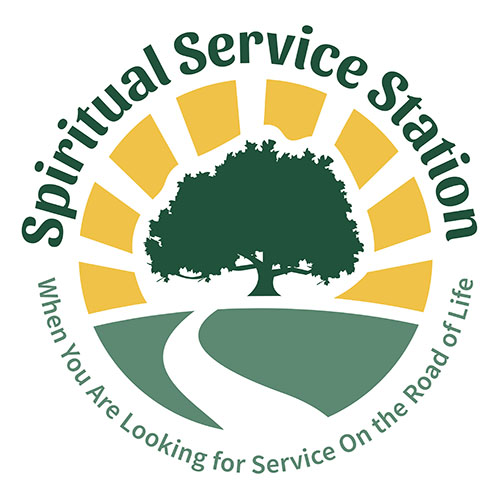A Quick Thought: Dorothy Day and the Catholic Worker Movement
“The only answer in this life, to the loneliness we are all bound to feel, is community. The living together, working together, sharing together, loving God and loving our brother, and living close to him in community so we can show our love for him.” Dorothy Day, The Long Lonelines (Harper Row 1980), p. 243
I first read Dorothy Day’s autobiography The Long Loneliness, as a college student in 1980. It had been re-printed that year on the occasion of her death, and the famous war resistor and anti- nuclear war activist Father Daniel Berrigan had written a new introduction from his prison cell while awaiting trial as part of the Plowshares. The Plowshares—an activist group that used civil disobedience as a protest mechanism, had attacked and destroyed a nuclear missile silo in Pennsylvania with small hand tools. I had heard Berrigan speak against the Vietnam War on several occasions in people’s homes or in church basements while I was a high school student in the early 70’s. He looked to Dorothy Day for inspiration. In his forward, he said, “She urged our consciences off the beaten track.”
Dorothy Day’s Catholic Worker newspaper. and the Catholic Worker Movement, are both geared toward providing the homeless with a place to live and a job. Knowing that was all part of what it meant to grow up Catholic and a New Yorker in the 60’s, 70’s, and 80’s. My Catholic high school, located in the suburbs of Northern New Jersey and run by a fairly large and young community of monks (who followed the Rule of St. Benedict), always had a stack of the latest Catholic Worker newspapers in the library, free for the taking. Fr. Barry (some names and locations have been changed going forward to protect the guilty), the librarian for our school and the neighboring Assumption Abbey (the monastic community that ran it), would make monthly journeys in the school van into the East Village. There he would stop at The Catholic Worker House to pick up the newspapers. He often took small groups of students with him.
I went with him once. I was maybe 14 years old and a freshman in the all-boys high school in 1973 or 74. I only recall that he introduced his small band of prep school students to a few of the men running the press in a garage off of a back alley somewhere on the Lower East side. On the way back, we stopped for lunch in the same LES neighborhood where we ate steaming plates of Ukrainian food. I recall it cost next to nothing to fill up on sauerkraut and sausages. I can still smell the ink and hear the ca-chunk, ca-chunk, ca-chunk of the small press. I can still taste the sour cabbage and rich meat of the kielbasa. I can still hear Fr. Barry introduce the workers, all young bearded men in dirty overalls. “These men do good work, and live together, and help the poor,” Fr. Barry said. They smiled and shook hands with us. Later, on the ride home, I still recall asking Fr. Barry “are they monks, too?” “In a way,” he answered. “They live in community, but they don’t formally profess vows. But they are monastic. I would say that. They follow the teachings and rule of Dorothy Day.” That thought stayed with me all these years.
We all knew Dorothy Day through her writings championing the cause of Labor and decrying the loss of so many lives in the Vietnam War her The Catholic Worker newspaper, which still costs only a penny to this day. We heard of her in many discussions in religion class, and from debates around the family dinner table. Basically, it came down to this: Was Dorothy Day a Saint or a Communist? Were Catholic Worker Houses religious communities or hippie communes? Was conscientious objection during the Vietnam War an act of pacifism and courage, or of anti-American sentiment and cowardice? At my high school, Dorothy Day was a hero and living saint.
Today it seems those questions are still relevant for all of us trying to live God’s love in our friendships, relationships, marriages, and intentional communities. It forces us to confront a profound myth about monasticism: what does it mean to live a life of community-based on love? Throughout my life, I have learned what community and monasticism can mean in the post-modern world. But back in the 1970s, Fr. Barry already knew, as Dorothy Day knew, and those young bearded men running the presses at The Catholic Worker knew: we are all monks in the post-modern world. As Adam Bucko and Matthew Fox explain in their book Occupy Spirituality (Random House 2013), in a world of new communities and new monasticism, we no longer have to restrict our thinking of what it means to be a member of the Divine Sangha to those living behind the ancient walls of abbeys and monasteries. Although these formal monastic communities are important and still have a place in both Eastern and Western spirituality today, Saints like Dorothy Day (technically still a Blessed Servant of the Church or something like that on the road to beatification) lived and worked “in the world” and in community, doing the important work of sacred activism while living among those who needed help most in the cities of the world.
Dorothy Day was and continues to be a woman of inspiration and light for me while I learn to navigate the world in a new way: as God’s servant in ministry to his people, exploring the new monasticism, and navigating the long loneliness.

